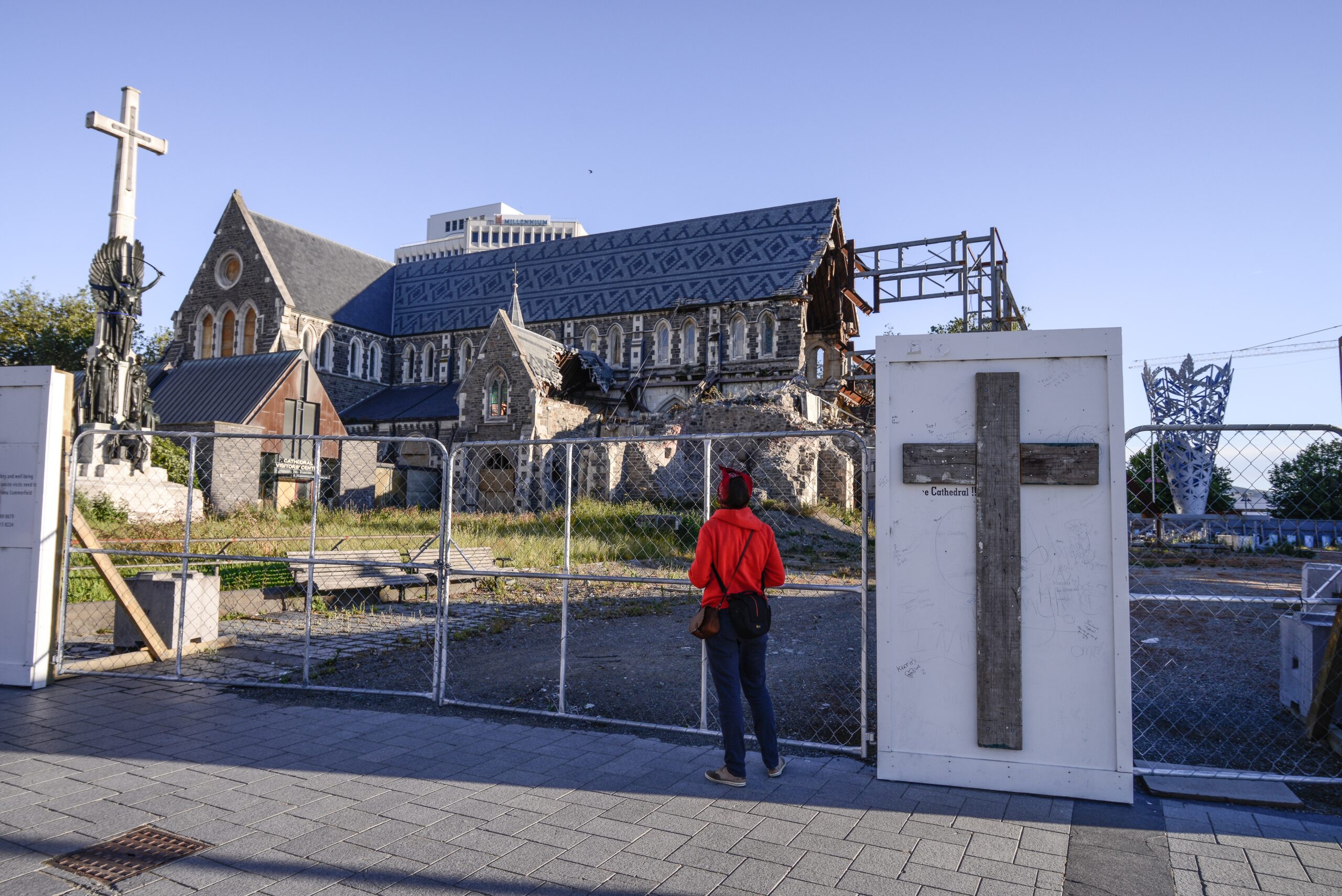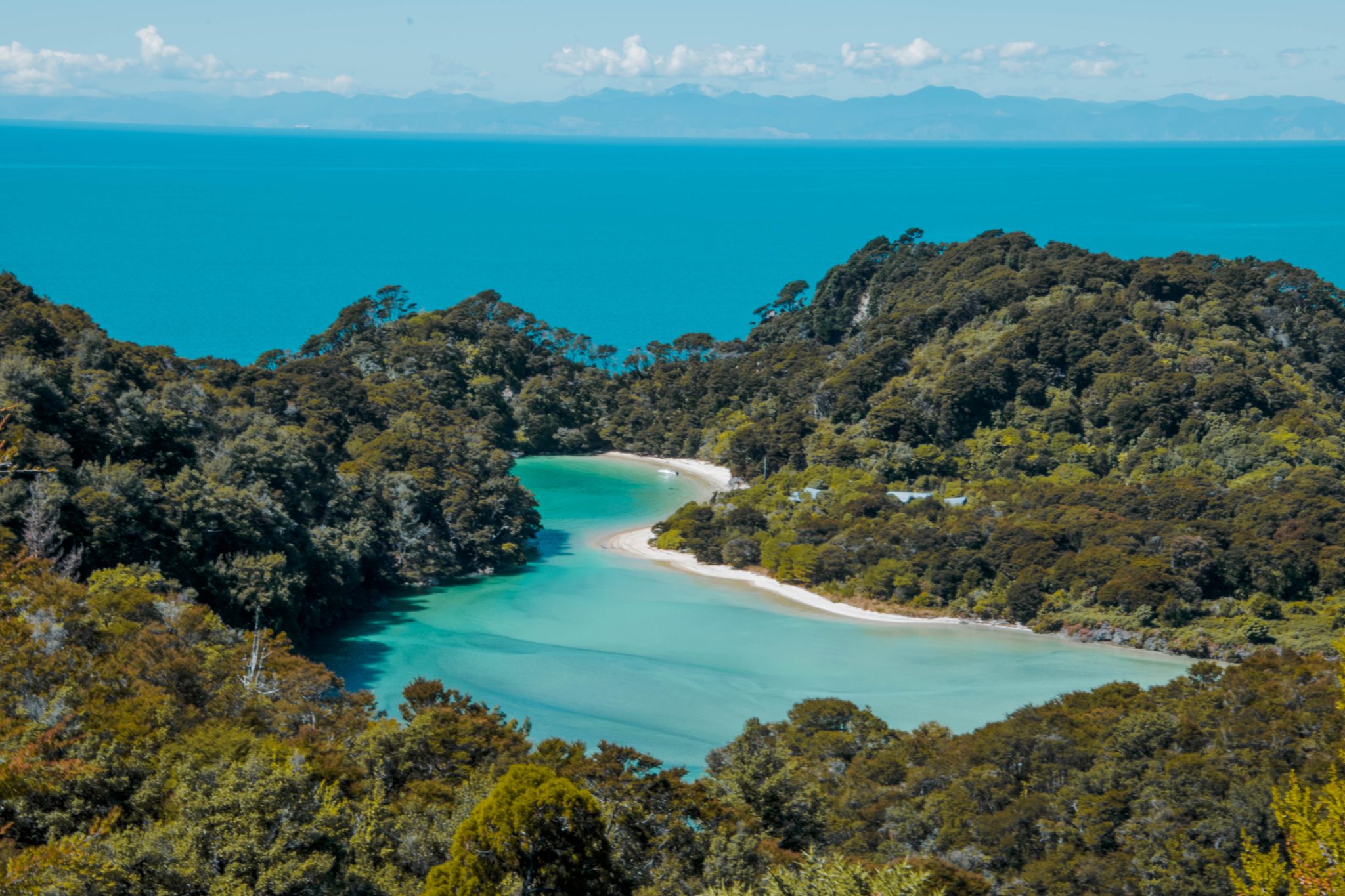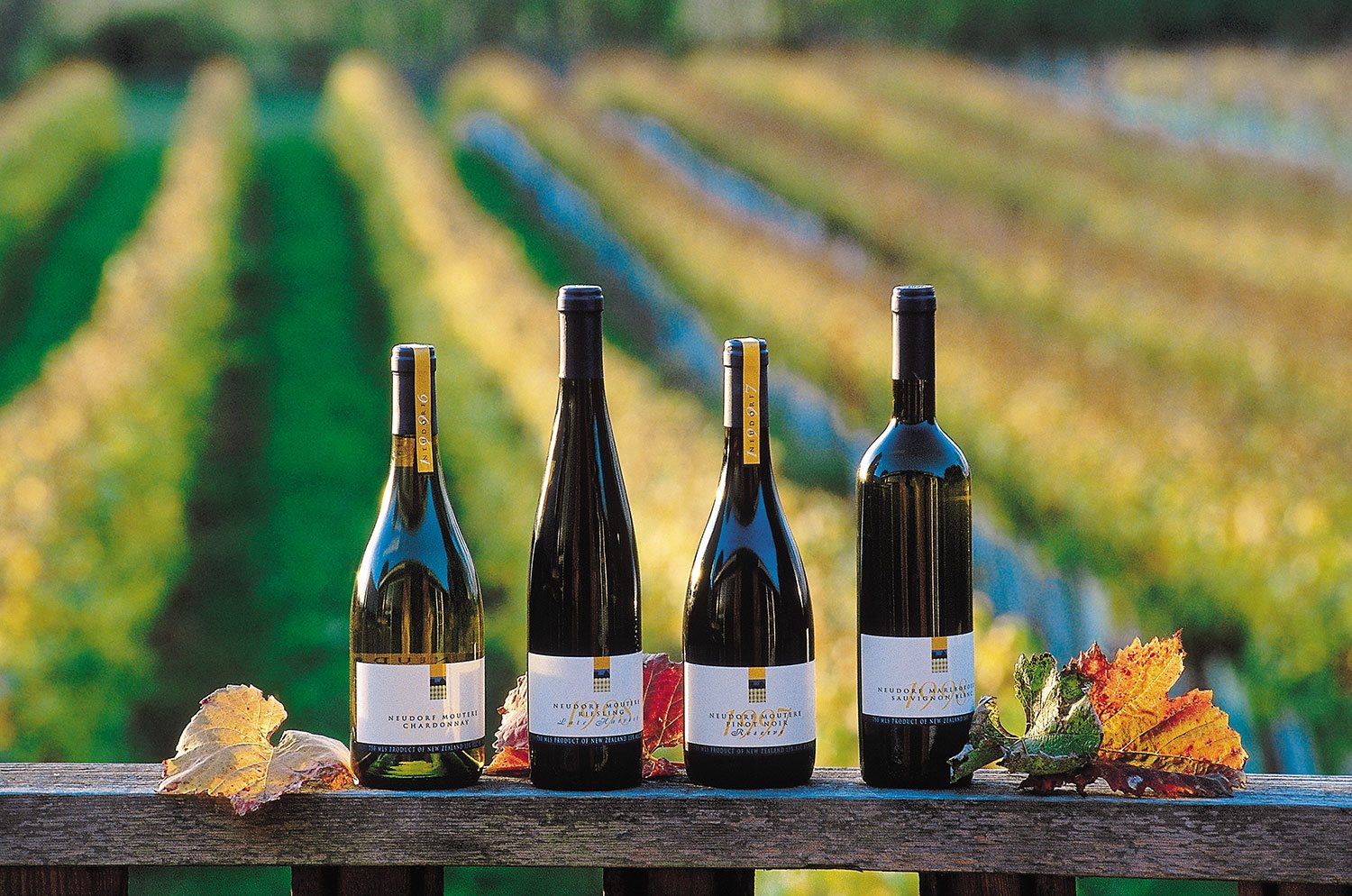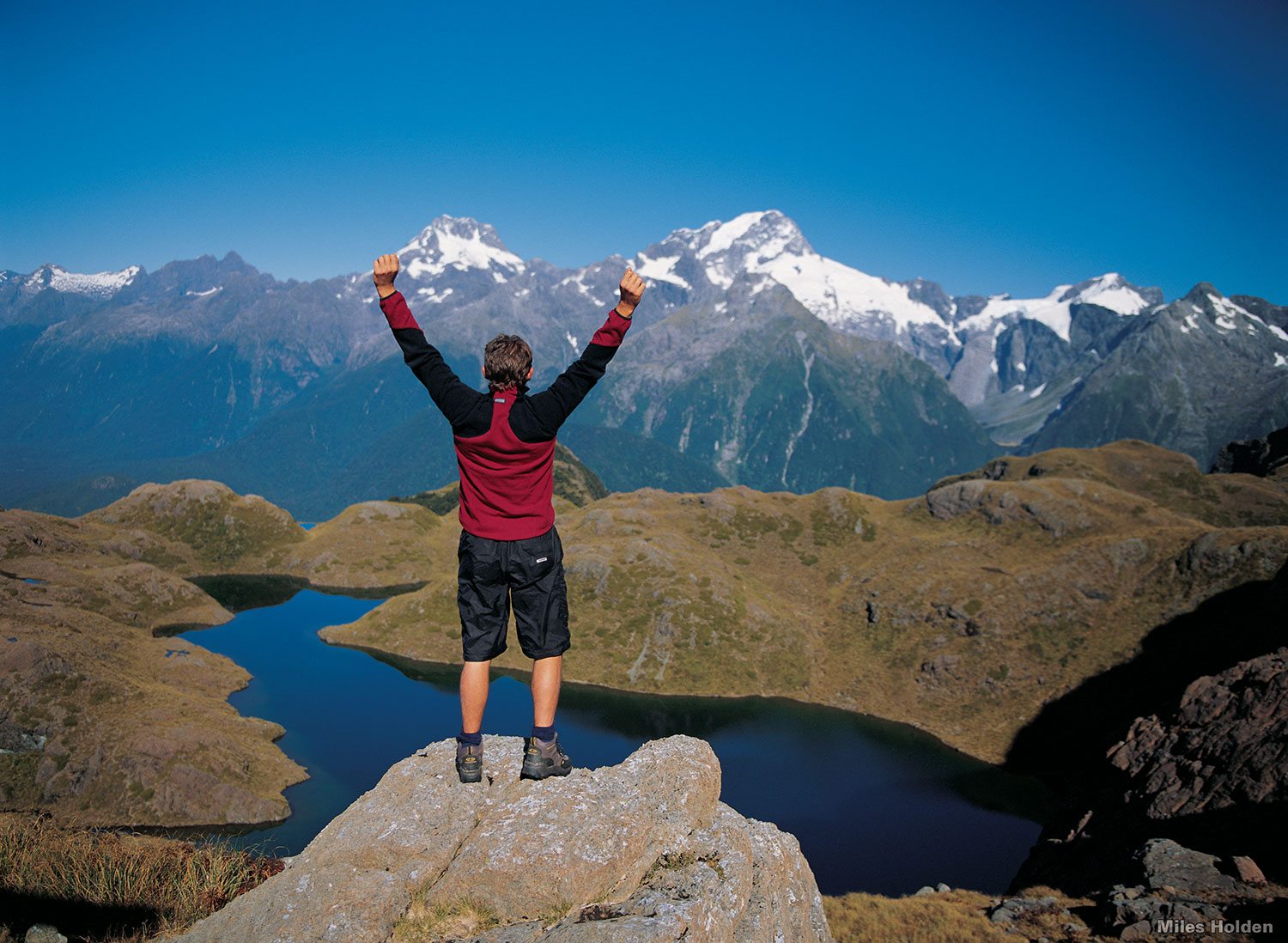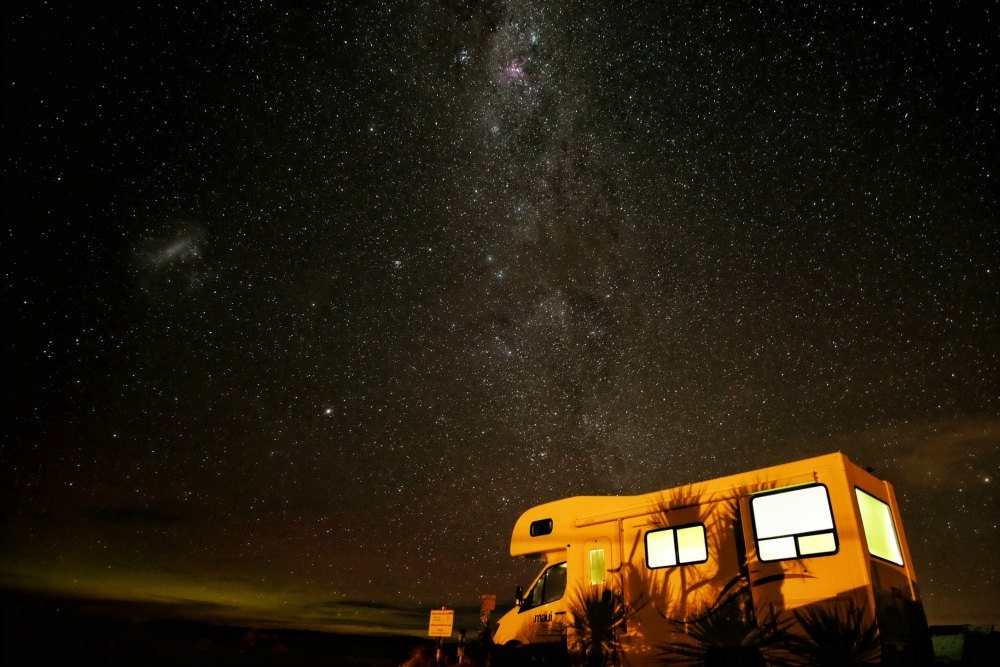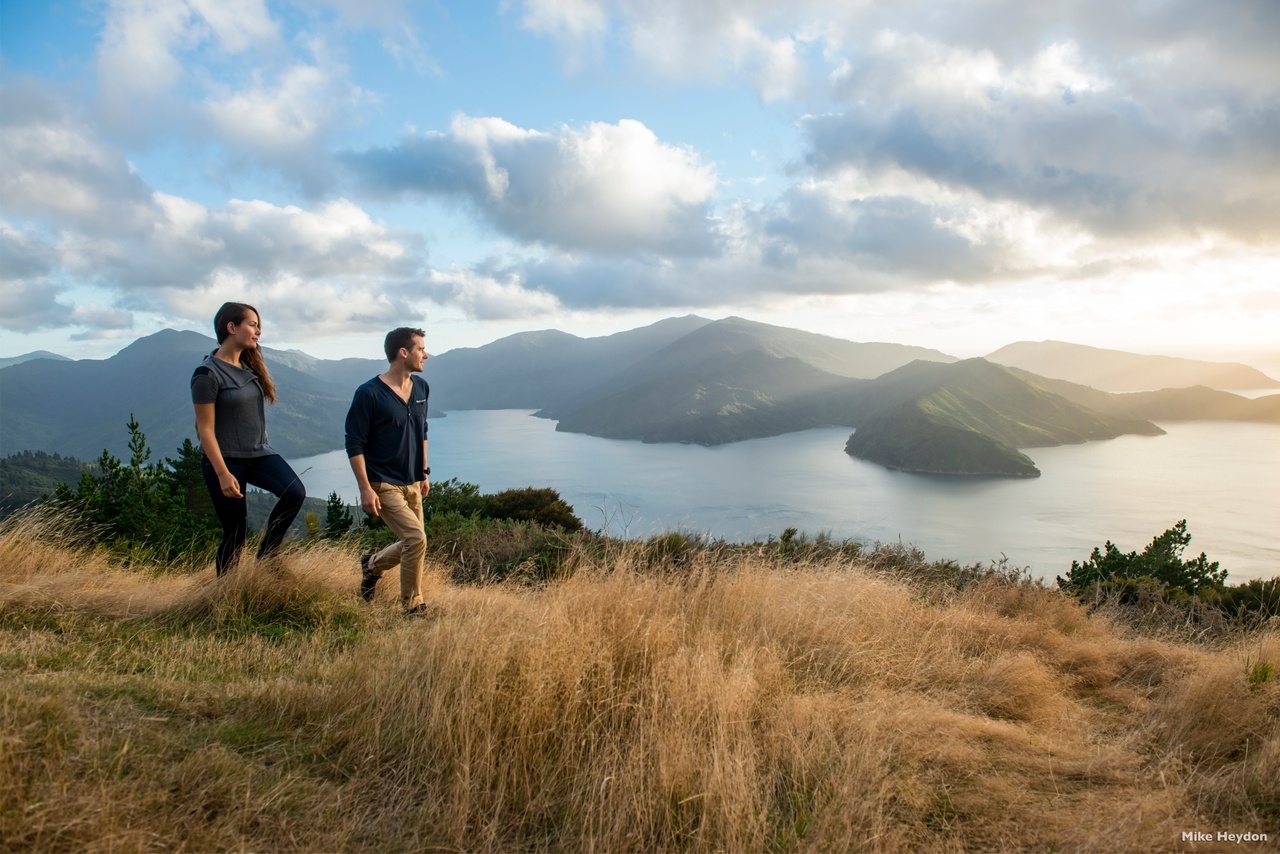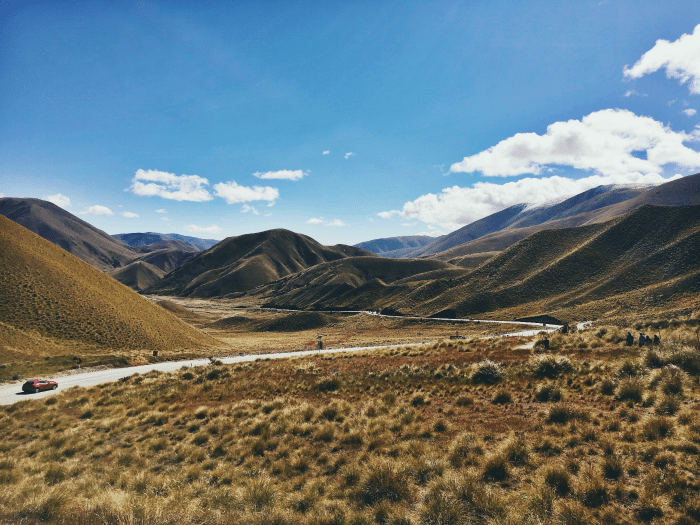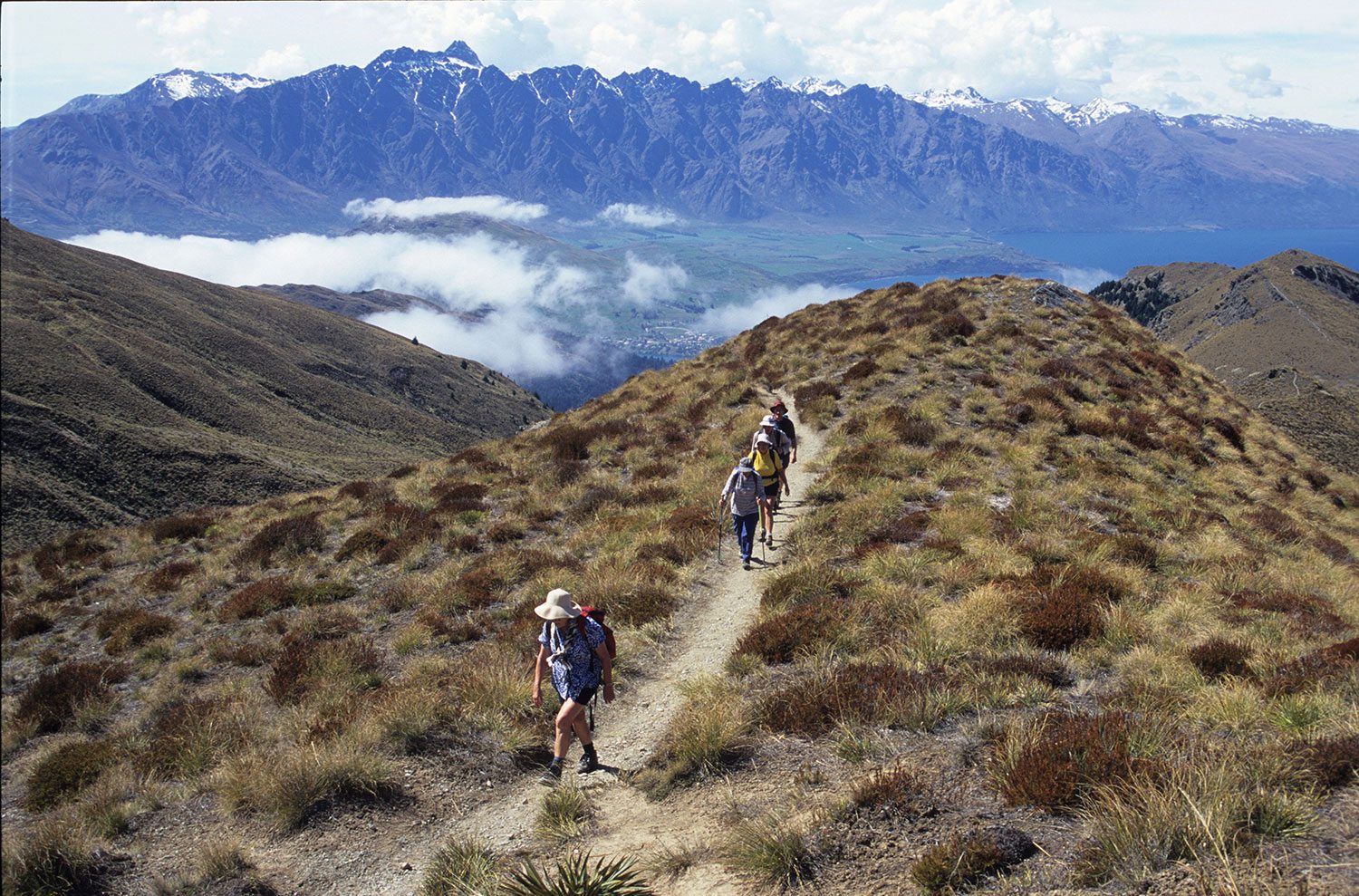Remembering the Christchurch Earthquake 11 Years On
Around lunchtime in Christchurch, on the 22nd February 2011, the city was struck by a magnitude 6.3 earthquake.
The quake centred ten kilometres southeast of the city at a depth of five kilometres. In the ten minutes after the initial quake, there were ten aftershocks of magnitude 4 or more.
Water pipes, roads, bridges, power lines, mobile phone towers and ordinary phone lines were broken or damaged. There was a lot of liquefaction, and many roads, footpaths, schools, and houses were flooded with silt.
As you can imagine, there was a lot of confusion and panic, especially in the centre of the city. People were desperately trying to contact their friends and families, and to get back home. The phone lines and roads almost immediately became jammed.
One hundred and eighty-five people died in the earthquake and there were nearly two hundred seriously injured. Of course, there are also many who carry the mental scars from such an horrendous experience. Some residents left the city for a short time, some left for good.
“This may well be New Zealand’s darkest day” Prime Minister John Keys on the day of the Christchurch Earthquake 22 February 2011.
As we approach the eleventh anniversary of this momentous event, it’s an appropriate time to reflect on the impact it had on Christchurch and its people and how the city has rebuilt its physical structures and its sense of community.
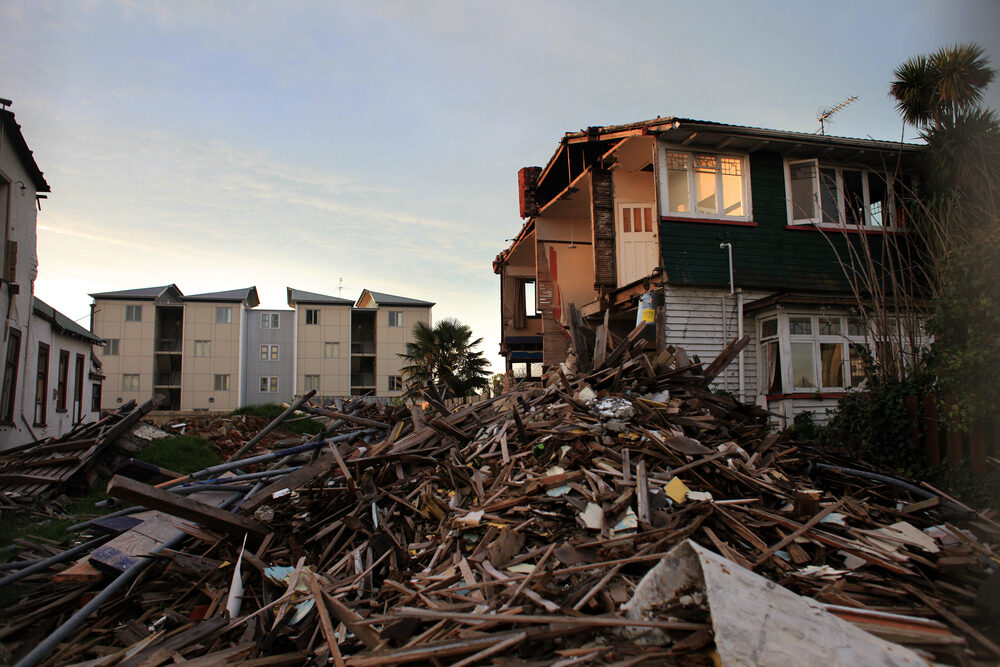
Why did the earthquake hit Christchurch?
As someone who had lived in Christchurch back in the eighties, I had never imagined that the city was sited in a “geologically” dangerous area. In fact, I had always thought that the main fault lines ran through the North Island, where the Pacific Plate is moving towards the Australian Plate and that if an earthquake were to occur it would be on North Island - as took place in Napier and what has become known as the Hawke’s Bay earthquake of 1931.
However, geologists had suspected for some time that there were buried and unrecognised faults in the Canterbury region. Some of these faults might not have moved for many thousands of years, but following the less damaging September 2010 Darfield earthquake (near Christchurch), they were reactivated as stresses in the earth’s crust. There were no surface signs for seismicity on these faults (i.e. ‘foreshocks’).
There was very high ground acceleration to this earthquake because of the large amount of energy that the fault line released and how close to Christchurch the fault was. The February 2011 earthquake was also much shallower, resulting in more catastrophic damage on the surface.
Injuries and Fatalities
185 people died and many thousands were injured because of the earthquake. 164 people were seriously injured.
Most of the victims were killed in two large building collapses: 115 people died when the six-storey Canterbury Television (CTV) building collapsed, and 18 people died when the 4-storey Pyne Gould Corporation (PGC) building collapsed. Rescue crews worked around the clock at both locations to dig out trapped people.
169 people died in the Central City and 16 people died in other parts of Christchurch.
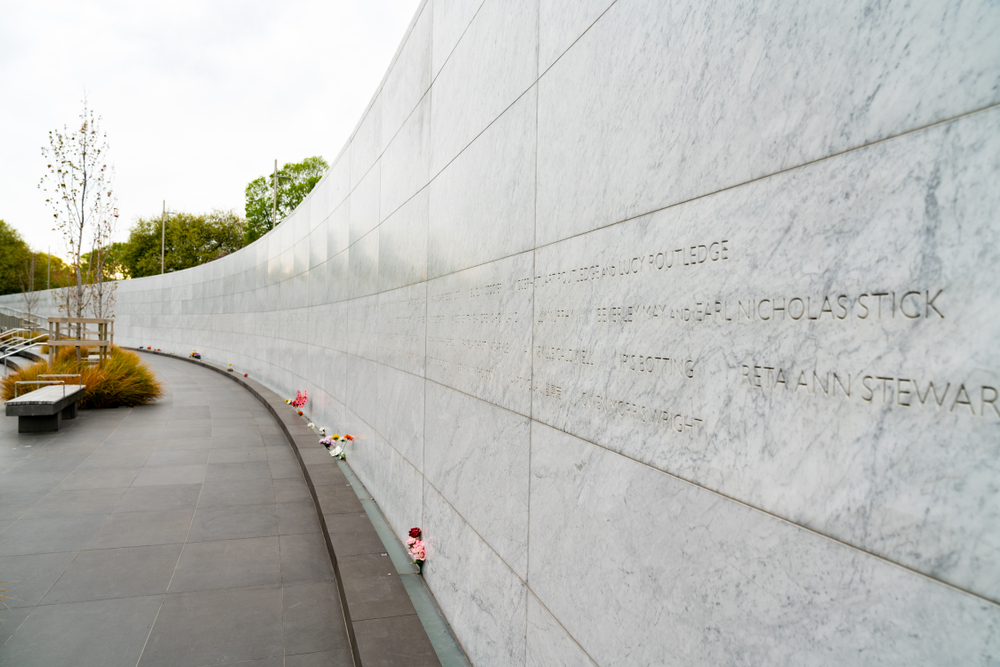
Earthquake Damage
Many stone and brick buildings in Christchurch were damaged. Up to 100,000 buildings were compromised and about 10,000 buildings needed to be demolished.
Christchurch was divided into four zones after the earthquake. The land in the Green Zone was undamaged and could be built on again. In the Orange Zone more checks were needed before the land could be built on. The White Zone was the area that had not been checked at all yet. The land in some parts of the city was very unstable: building on it safely will be difficult. These areas are called the Red Zone.
The water and sewage pipes were badly damaged. Many people needed to use portable or chemical toilets and got their water from tankers for months after the quake.
Other towns in the area around Christchurch were seriously affected, although fewer lives were lost. The port town of Lyttelton, near the epicentre of the earthquake, sustained widespread damage to buildings, wharves, and other infrastructure.
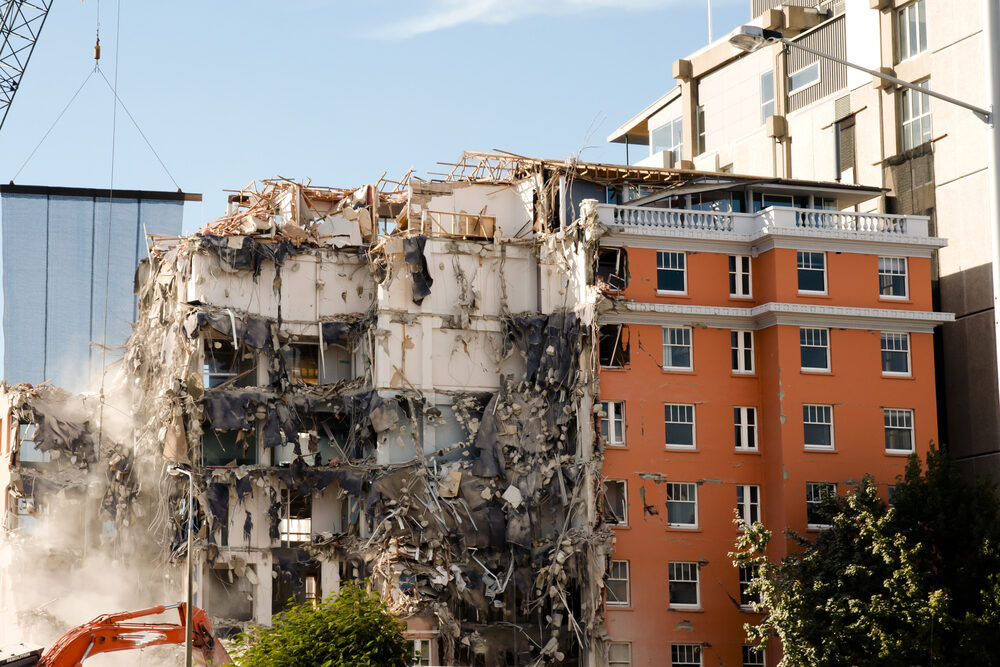
Help from Around New Zealand
Groups of people came from all over New Zealand to help people who were affected by the earthquake…
The Farmy Army was made up of 800 farmers who brought their farm machines and muscle to help clean up the city.
The UCSA Student Volunteer Army was a group of 10,000 university students and others who worked over a period of months to help clean up liquefaction.
The Christchurch Baking Army was made up of 350 locals who baked bread and goodies for rescue workers and others in need.
The Rangiora Earthquake Express was a service manned by over 1000 volunteers that helicoptered and drove in 45 tonnes of food and other supplies to the worst affected eastern parts of Christchurch.
Help from Around the World
The day after the quake, Prime Minister John Key declared a state of national emergency in the Christchurch area, expanding his government’s powers to coordinate rescue and recovery efforts.
More than 1,000 New Zealand Defence Force personnel led the response, aided by more than 100 members of the Singaporean armed forces who were in New Zealand for a joint training exercise at the time.
Australia, Japan, Singapore, the United Kingdom, the United States, and other countries also sent hundreds of search-and-rescue workers. However, rescue efforts were at times hampered by the potential dangers posed by the aftershocks.
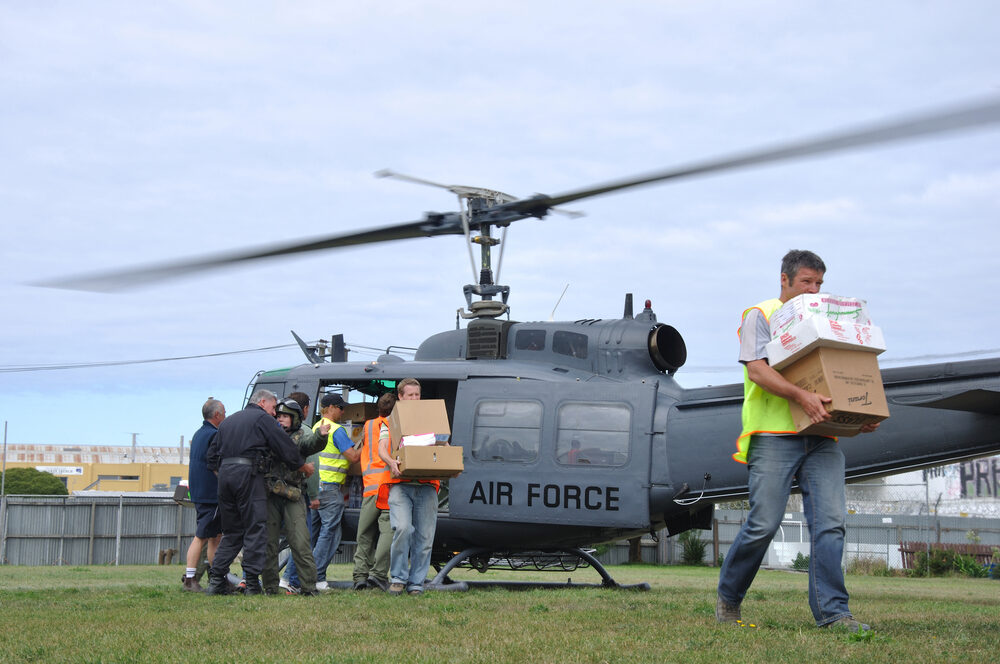
My Recollections
Strangely enough on the day of the earthquake, some 12,000 miles away, I was heading for breakfast in a Manchester Airport hotel, having just enjoyed a holiday in Morocco. My head was still in the attractions of the east when a waiter passed me the morning papers and of course the headline news of the earthquake absolutely floored me.
We had, at that time, two large groups of travellers in New Zealand and I had no idea exactly where they were, until I reached staff at home who frantically called New Zealand en route to the office where our schedules were located. Fortunately, both groups were in the southern part of the South Island, so working with our New Zealand Office we were able to divert them to Dunedin and away from the crisis area. It was certainly a heart-thumping time!
Rebuilding Christchurch After the Earthquake
I remember my Christchurch friends forecasting that it would take at least 15 years to rebuild the city and judging by the progress made so far, they were probably right.
In the immediate aftermath of the earthquake the entire business district remained closed for two years as Christchurch began the arduous process of salvage and recovery.
The city council promoted a “Share an Idea” campaign. An intensive public consultation generated more than 100,000 ideas for how the city could be rebuilt better and these became the basis for the aspirational draft city plan.
In the short-term, retailers began trading from steel-built shipping containers brought in to reinvigorate the city and open spaces were turned into entertainment zones as the population took their first steps towards normality.

The city’s infrastructure required a full rebuild, involving more than 700 individual projects. Headed by the Stronger Christchurch Infrastructure Rebuild Team (SCIRT), the plan was to restore the civil infrastructure as quickly and efficiently as possible. More than 600km of sewer pipes, 100km of water pipes served by 114 new pump stations, 1.3 million m2 of road surface and 144 bridges had to be refitted.
Steel was used throughout the bridge restorations, with steel girders underpinning new support structures. Stainless steel rods were grouted into cracks and the central Memorial Arch would feature steel insertions in its masonry columns and a steel-built ‘rocking base’ that protects it from future quakes. This approach would also inform the restoration of Christchurch’s many destroyed buildings.
The town hall and Edwardian-era Isaac Theatre Royal have both been restored and reopened. The city also boasts a new Art Gallery, a new convention centre and bus station that has won several architectural awards.
Christchurch Cathedral, which for many was the physical and spiritual centre of the city, was very badly damaged by the quake and is only now being rebuilt following considerable controversy as to how it should be developed.
There are areas of Christchurch and its environs which are still to be rebuilt, but it is of great credit to civic leaders and the community that great progress has been made, and I for one am looking forward to visiting the new Christchurch in the coming years.
New Zealand's Best Beach for Swimming: Our Picks
New Zealand boasts such a varied landscape that you might not think of it as a beach resort location, but in fact, it’s got some really gorgeous bays, beaches, and coves to explore. So in today’s article, we’re going to look at the best beaches in New Zealand, and some of our favourite hot spots in the whole country. Because sometimes we all like to be beside the seaside…Read more
An Introduction to New Zealand's Wine Regions
If you’ve the remotest interest in wine, then the chances are that you’ll have sampled some of what New Zealand has to offer. Head down to any supermarket and you’ll find offerings from this island nation stacked alongside those from Spain, France, and Italy. But while most of us can distinguish a Rioja from a Burgundy, British knowledge of New Zealand’s wine-producing regions is often found wanting.Read more
An Introduction to the Milford Sound
If you’re planning a visit to New Zealand, then the chances are that the country’s spectacular scenery is a large part of the appeal. This part of the world is replete with eye-popping mountains, valleys, glaciers, and waterfalls – and there are few better demonstrations of this natural wealth than the Milford Sound.
The Milford Sound is a glacier-carved fjord described by Rudyard Kipling as the ‘eighth wonder of the world’. It’s a popular draw for tourists, offering multiple ways to experience the sights. Why? Let’s take a look… Read more
Free Tickets to the Destinations Travel Show
Come and meet us as Destinations: The Holiday and Travel Show at the Olympia London between Thursday 1st-Sunday 4th February 2018.
Quote DST72 when booking your tickets online here to claim your free tickets!
Top Tips for Exploring New Zealand by Campervan
A campervan is a fantastic way to explore New Zealand. Whether you’re considering renting one for just part, or all, of your tip, the combination of travel and accommodation in to a single package allows you to see the country at your leisure.
Unmissable Sports Events in New Zealand
New Zealand is a country where sports fans will find an appealing combination. The first component of this happy mixture is a widespread and voracious appetite for sports of all kinds; the second is a series of expansive and gorgeous settings in which to watch them.
An Introduction to the Marlborough Sounds
If you’re planning a visit to New Zealand, then the likelihood is that the wealth of natural beauty is probably a big part of the reason that you want to visit. There are rolling hilly landscapes, sweeping sandy beaches, precipitous peaks, and enormous glaciers to explore. Cramming it all into a single holiday is often a considerable challenge!
Among the most distinctive natural phenomena in the country are a network of sunken valleys on the South Island, known as the Marlborough Sounds.Read more
Driving in New Zealand: Tips, Tricks, and Questions Answered
If you’re looking for a flexible and fun way of taking in the sights and sounds of New Zealand, then there are few better ways than on a road trip.
Read more
New Zealand on a Budget: Tips and Tricks
New Zealand, being on the other side of the planet, has a reputation for being slightly expensive. But this is a little misleading; it’s more than possible to enjoy a great deal of what the country has to offer without spending over the odds.
Today, we look at ways to keep your spending under control, whilst making the most of this beautiful country.

